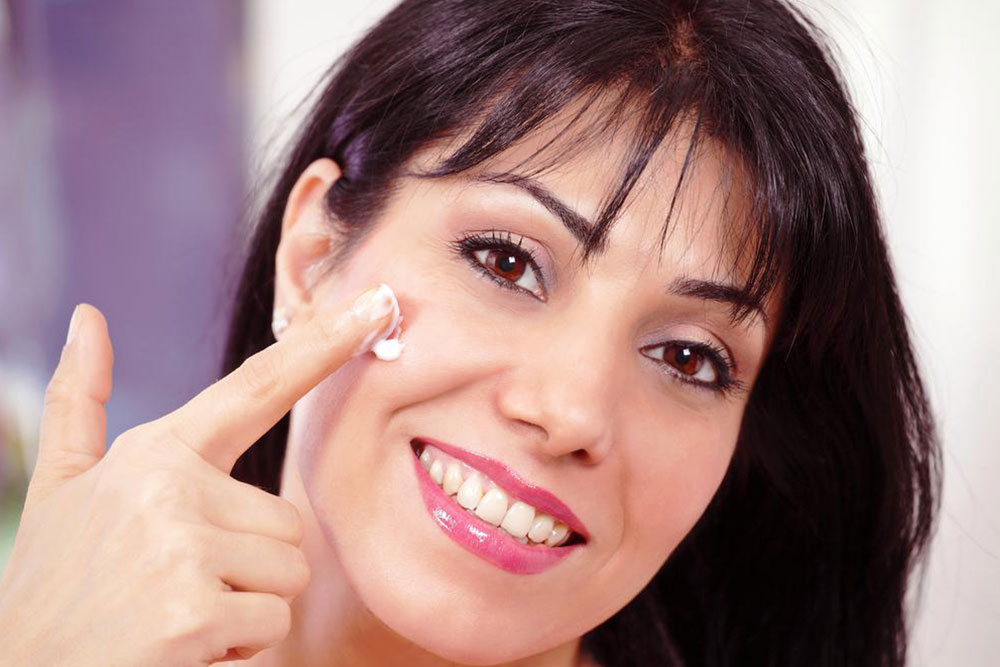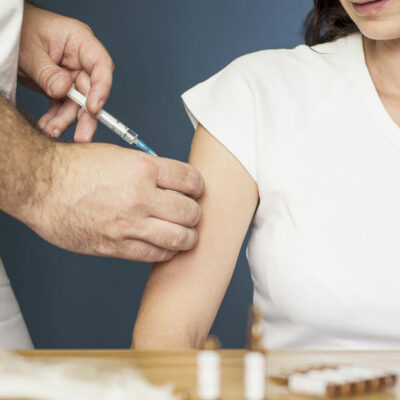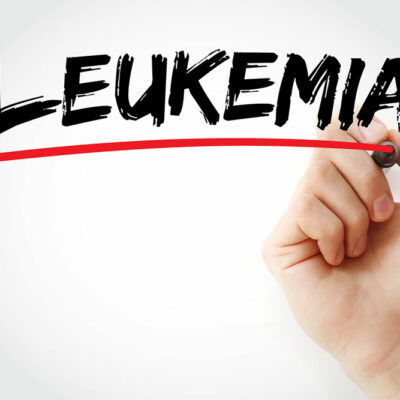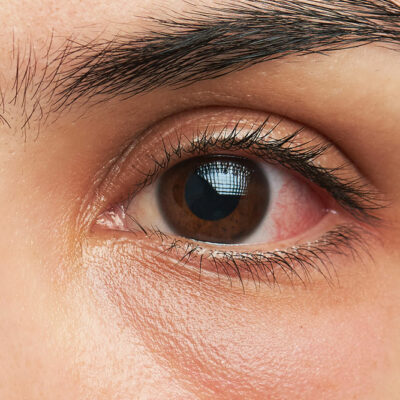
All you need to know about rosacea
Rosacea is a chronic skin disease. According to recent studies, it affects more than 16 million people in the country. One of the most unfortunate parts about rosacea is that doctors do not know about its causes, and there is no treatment for curing it as well. However, doctors do try to alleviate the symptoms to reduce flare-ups.
The most common symptom of this disease is a pus-filled bump on the skin surface, which is small and red. These commonly appear during the flare-ups. These flare-ups may occur only in cycles for a stipulated duration, and then they will go away. In most cases, rosacea impacts only the skin on the cheeks, forehead, and the nose.
Rosacea is further divided into four different subtypes, and each of these has a different set of symptoms. It is also common to have more than one subtype of rosacea at a time. Following the different types:
Subtypes of rosacea and their symptoms
Subtype 1
It is also known as erythematotelangiectatic rosacea and usually leads to cracked blood vessels, flushing, and a lot of redness on the face. The symptoms of this subtype of rosacea are:
- Flushing and redness in the center of the face
- Visibly broken blood vessels
- Sensitive and swollen skin
- Burning and stinging sensation on the skin
- Scaly, dry, and rough skin
Subtype 2
Subtype 2 is also known as papulopustular rosacea, and most commonly affects middle-aged women. It is characterized by breakouts that look like acne. The symptoms of this subtype comprise of:
- Red skin accompanied by breakouts that look like acne
- Sensitive skin, which is often oily
- Raised patches and visibly broken blood vessels
Subtype 3
Also known as rhinophyma, subtype 3 is a rare form of rosacea. It is primarily characterized by the thickening of the skin on the nose’s surface. It commonly occurs in men, but it often accompanies another subtype of rosacea. The symptoms include:
- Bumpy skin texture
- Thickening of the skin on the nose
- The skin of other parts of the face such as forehead, chin, ears, and cheeks may also become thick
- Large pores appear along with visibly broken blood vessels
Subtype 4
This type occurs in the eye area and is also known as ocular rosacea. Since it is the most uncommon type, the symptoms may differ from patient to patient. The most common symptoms of this type of rosacea include:
- Watery eyes which also look bloodshot
- Eyes may feel quite gritty
- Stinging sensation or burning in the eyes
- Eyes become sensitive, itchy, and dry
- The vision may diminish, and cysts may form on the eyes
- The blood vessels on the eyelids may appear broken
- It commonly occurs in people who are between 30 and 50 years. It is also common in people with fair skin, blue eyes, and blonde hair.


